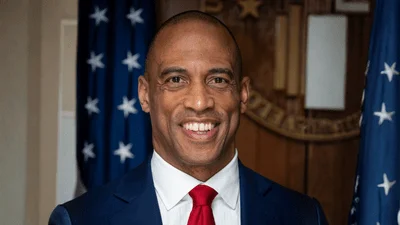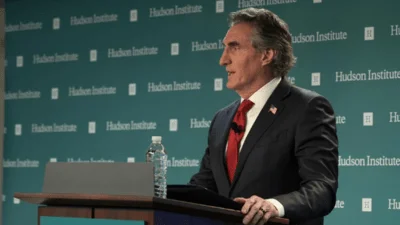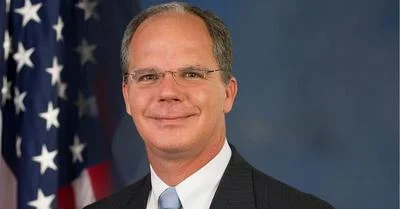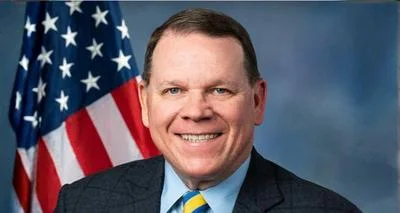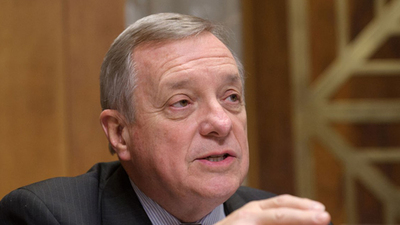Dear Secretary Geithner:
As the Ranking Member of the Senate’s Committee on Finance (“Committee"), I have closely monitored the implementation of the small business lending fund (“SBLF") by the Department of the Treasury (“Treasury"), and have written to you on several occasions concerning this subject. With the statutory termination of investment authority for the SBLF only six days away (Sept. 27, 2012), I wanted to bring to your attention my ongoing concerns with the SBLF and to remind you that as this program winds down I will be looking at its administration carefully. Specifically, it is imperative that applicants continue to receive proper scrutiny and that adequate due diligence be performed on applications even as the funding deadline approaches. Treasury has previously indicated that it “expects to complete all funding" by September 27. As I have previously conveyed to you, I remain concerned that the prudent allocation of taxpayer dollars may lose out to the pressure for rushed allocation of funds prior to the program’s expiration.
According to documents from Treasury, the application window for eligible institutions to apply to the SBLF has long since closed, with a total of 926 institutions applying for $11.8 billion in funding. The first SBLF capital disbursement was made on June 21, 2011, and as of today Treasury has provided $2.4 billion in capital to 190 institutions through the SBLF. Since it has taken nearly 90 days for $2.4 billion to be allocated, it seems difficult to comprehend how the remaining $9.4 billion that has been applied for could be approved and disbursed in just six days.
The investigations, including that of the Treasury Inspector General, into the Solyndra loan guarantee serve as a warning in this instance. The possibility that a major government loan review was improperly rushed due to political pressure is illustrative of the danger to taxpayers when procedures and reviews are accelerated or altered to achieve political ends. I am sure that you would agree that careful and routine evaluation of these applications should occur before taxpayer dollars are lent to private businesses.
The necessity of adhering to proper review procedures is particularly important when addressing a program like the SBLF, which has a number of characteristics that put the American taxpayer at risk. These characteristics include the fact that SBLF “loans" have no actual repayment requirement. Furthermore, the government’s sole sources of revenue from the SBLF - dividend payments - are essentially optional given that they are non-cumulative and non-accruing. This means that taxpayers will likely never recover missed dividend payments from SBLF institutions since these institutions are under no obligation to repay the dividends in the future. Finally, given that Treasury has predicted that the subsidy rate for SBLF capital investments will be 7.24%, the initial claims of SBLF proponents that this program would raise revenues appear now to be inaccurate according to Treasury’s own public estimates. If Treasury’s subsidy rate is correct, the SBLF is quite simply guaranteed to lose money.
Going forward, I will continue to closely monitor the SBLF, with particular scrutiny on whether institutions that receive funding fail to make dividend payments throughout the lifespan of this lending program. I expect that Treasury officials will ensure that rigorous evaluations of SBLF applicants do not diminish during this final decision making week. I would suggest that discretion is the better part of valor in this instance.
Thank you.
Sincerely,
ORRIN G. HATCH

